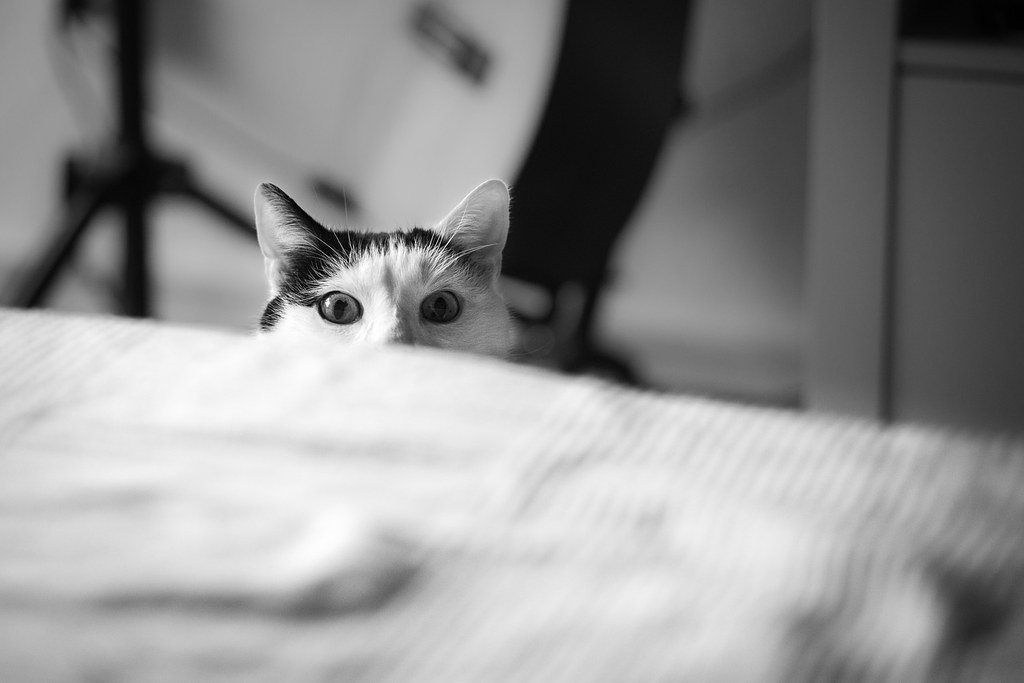Have you ever turned around and found your cat sitting there, watching you with those knowing eyes, as if they’d been silently gliding behind you the entire time? You’re not imagining things. Your feline companion has been perfecting the art of stealth for millions of years, and you’ve just become their latest subject of interest.
Their Ancient Hunter’s Programming Never Switched Off
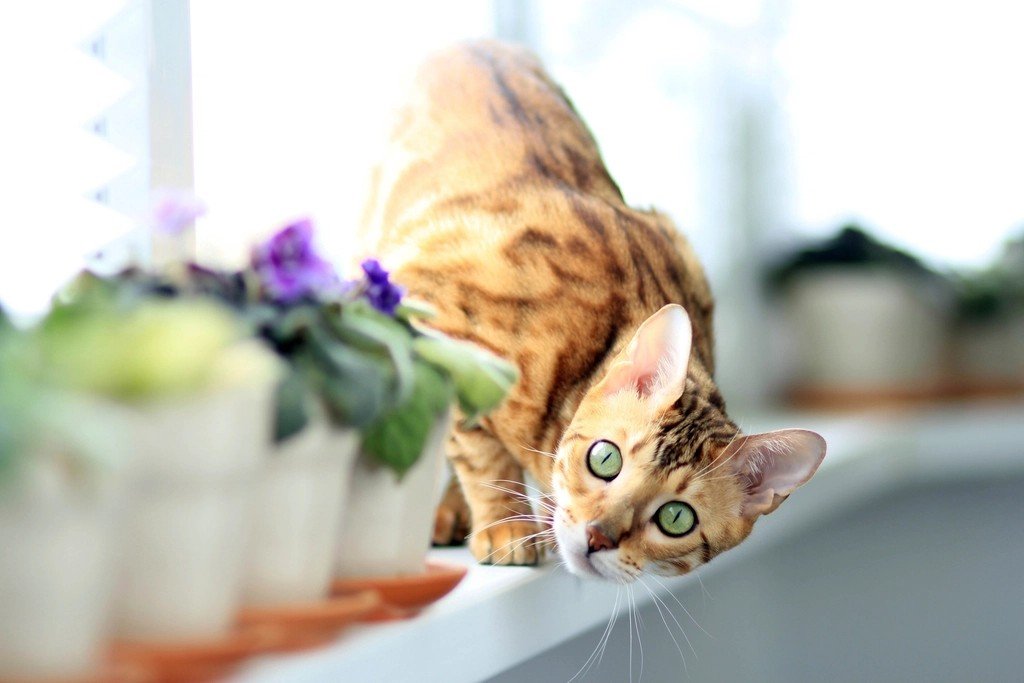
Your cat’s stealthy hunting behavior means that it kills its prey by sneaking up quietly and striking suddenly, using its physical flexibility and sensory acuity to approach the prey unnoticed and then strike quickly and effectively. Even though your pampered house cat hasn’t needed to hunt for survival, those ancient instincts remain as sharp as their claws.
Cats are naturally sneaky due to their evolutionary history as both predators and prey. Their stealthy behavior helped them survive by allowing them to hunt effectively and avoid larger predators. This trait remains ingrained in their DNA even as house pets. Think of it like muscle memory that spans thousands of generations. Your cat isn’t consciously deciding to be sneaky – they’re simply operating on autopilot.
You’ve Accidentally Triggered Their Following Response
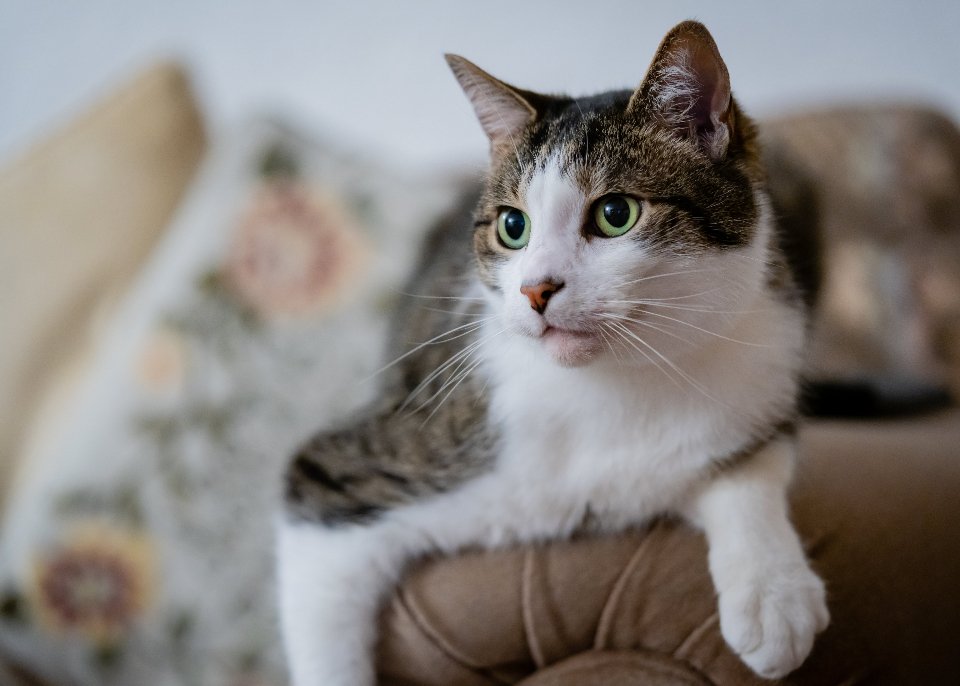
Cats naturally form tight family units with each other and their human family members. Because of this, the need for social interaction and the security of a group is ingrained in them. Cats in close-knit family units stick close to each other for protection. As such, when your cat follows you around, it may be because he enjoys your company and feels you are both safest when you’re together.
Your daily routines have essentially taught your cat that interesting things happen when they stick close to you. Whether you’re heading to the kitchen for food, opening mysterious doors to rooms they don’t usually access, or simply providing the entertainment they crave, you’ve become their most reliable source of stimulation. This behavior is particularly common in younger or more socially active cats who thrive on interaction, especially in environments where they feel comfortable and stimulated.
The Silent Treatment Comes Naturally
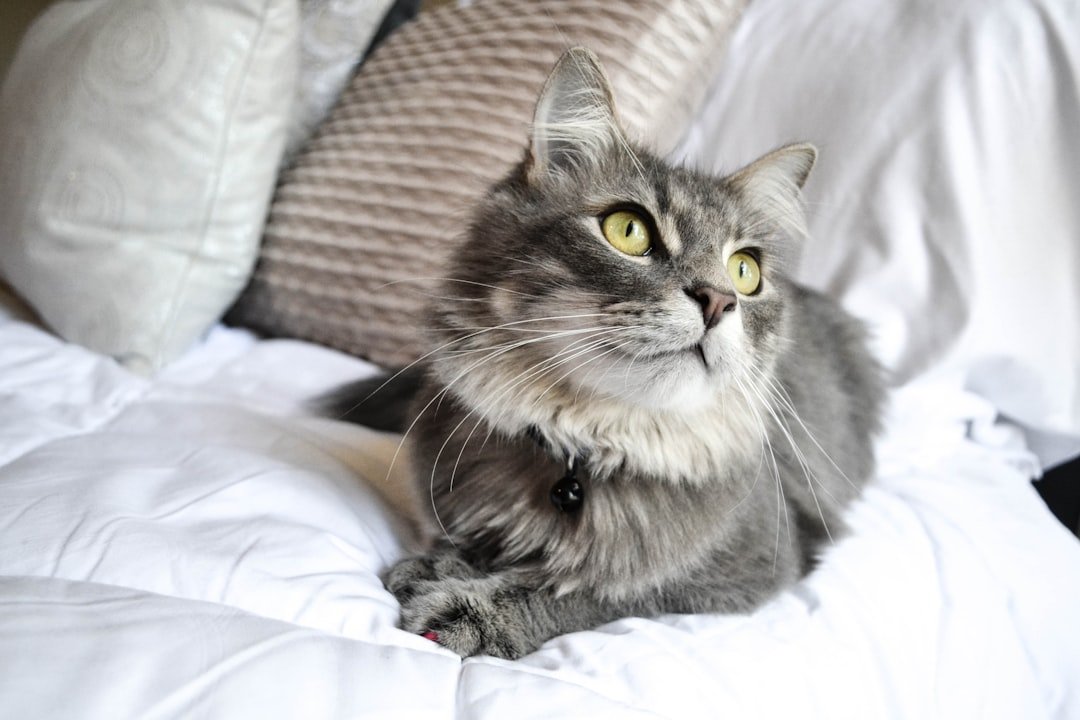
All stalking cats, big and small, are silent. If they made noise, they wouldn’t catch the prey, and they would starve. Stalking prey silently is what they do. They evolved for it. Your cat’s ability to move without making a sound isn’t just impressive – it’s a masterpiece of biological engineering that took millions of years to perfect.
Their flexible spine and retractable claws allow them to move smoothly and quietly, while their retractable claws allow them to keep their steps quiet by extending their claws only when necessary. Those soft paw pads act like built-in silencers, absorbing sound as they walk. With careful, deliberate steps, they can close in on their prey undetected. The soft padding of their paws ensures a silent approach, avoiding any surprises.
They’re Actually Protecting You (In Their Mind)
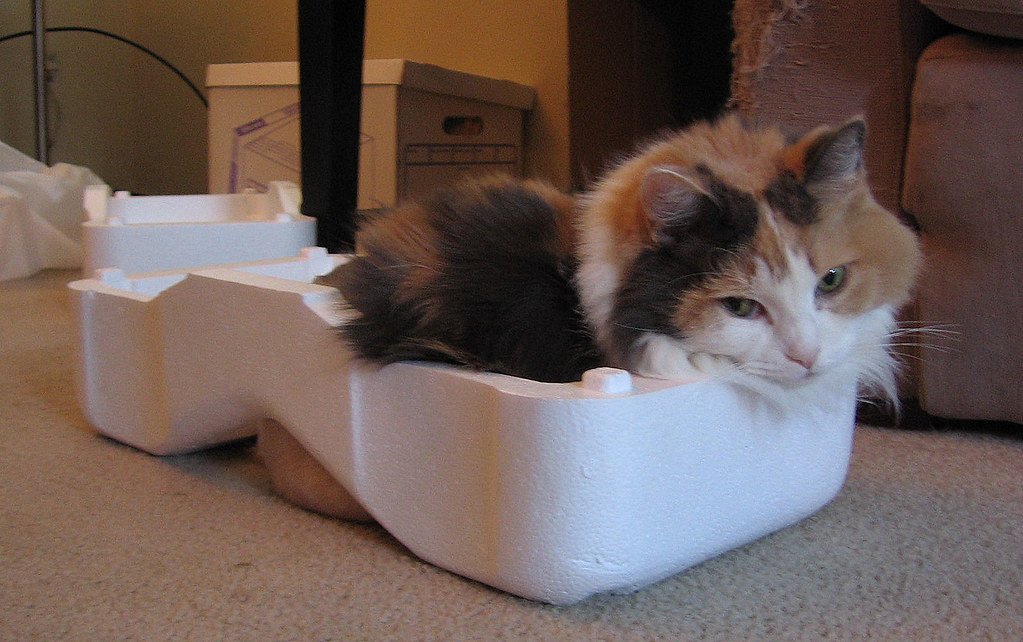
The acts of urinating and defecating are vulnerable times for cats: They must remain stationary, and the smell of urine and feces may attract predators. So your cat may want to stay with you in the bathroom to protect you. Yes, your bathroom guardian isn’t being weird – they’re being a bodyguard.
This protective instinct extends beyond the bathroom. When your cat silently shadows you from room to room, they’re essentially conducting a security detail. In their mind, you’re part of their territory and family unit that needs watching over. It’s like having a tiny, furry secret service agent who takes their job very seriously.
Boredom Makes Them Your Personal Detective
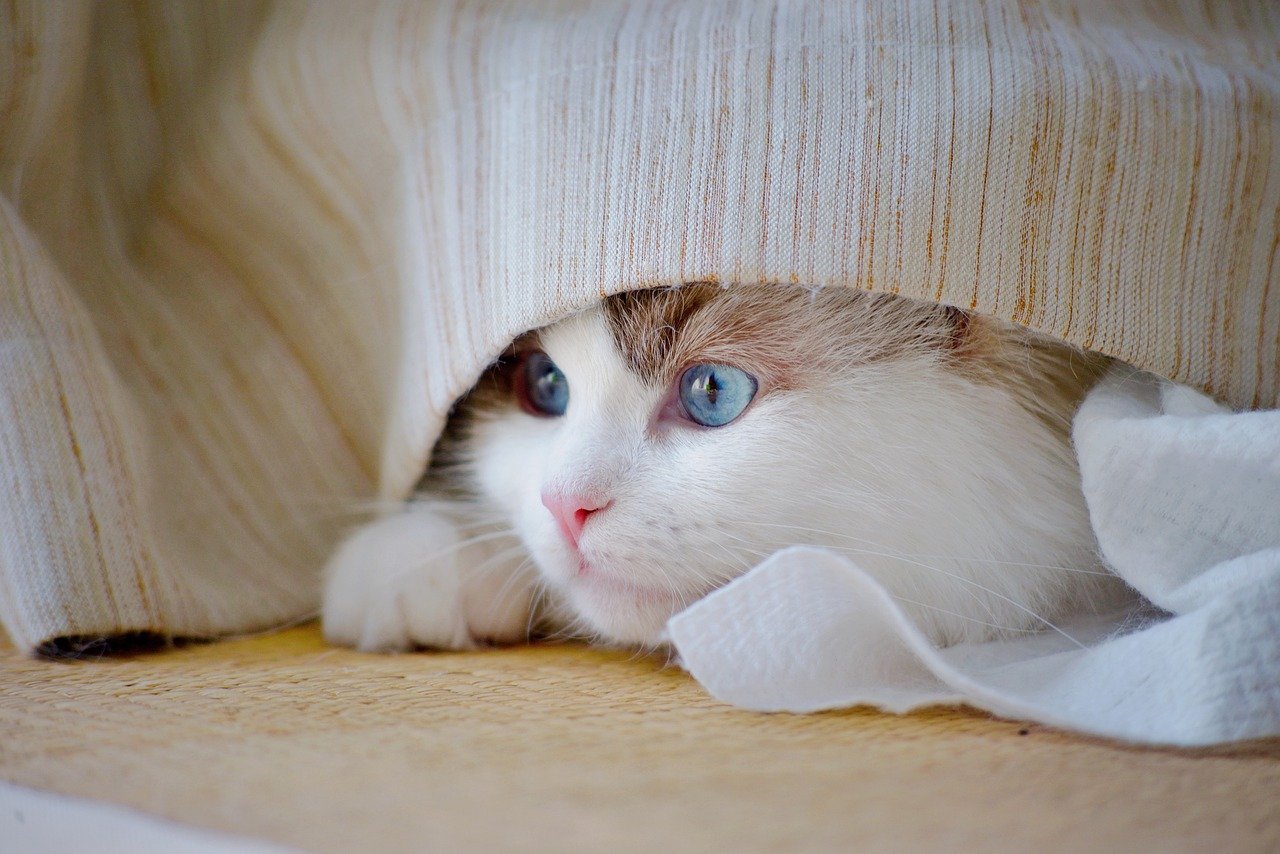
Things can get a little bit boring for our furry friends, so they might start following you around for entertainment. Maybe you’ll open the door to a room they don’t normally have access to, and then they can sneak in and start exploring their new territory. When cats don’t have enough mental stimulation, following you becomes their most exciting activity of the day.
Bored cats will often follow you around, and they aren’t typically shy about expressing themselves. If your cat is bored, their pursuit might have a sense of desperation and restlessness. They’re eager to see something interesting happen, and sometimes they’ll take it into their own four paws and make it happen. Your movements represent potential entertainment, mystery rooms to explore, or at the very least, something different from staring at the same walls all day.
They’re Reading Your Every Move
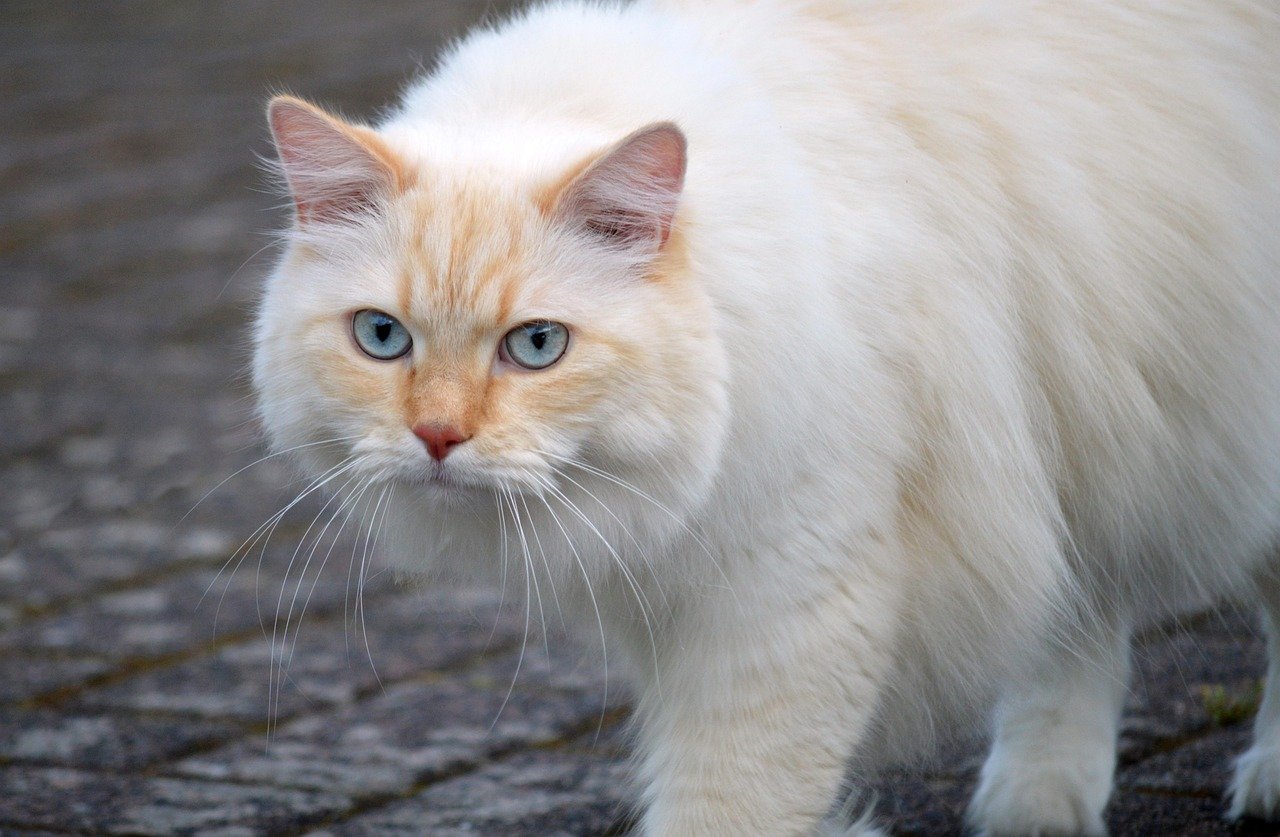
It turns out that cats are surprisingly adept at following a person’s gaze and making inferences about their intentions. Your cat isn’t just randomly trailing behind you – they’re actually studying your behavior patterns and learning to predict what you might do next. People think of cats as solitary and antisocial, but this study reinforces the idea that they’re watching us and learning from us.
When presented with incongruent pairings – such as the owner’s voice followed by a photograph of the stranger, or the stranger’s voice followed by a photograph of the owner – the cats looked at the screen longer, implying they carry a visual representation of their owner around in their heads. She also played the voices of their owners from speakers located at different areas of the room – showing they were surprised by looking around or twitching the ears when the voices moved more quickly than expected. This suggests they were listening carefully and were able to “mentally map” the owner location. Your cat has essentially created a detailed profile of you in their mind.
Silent Following Is Their Love Language
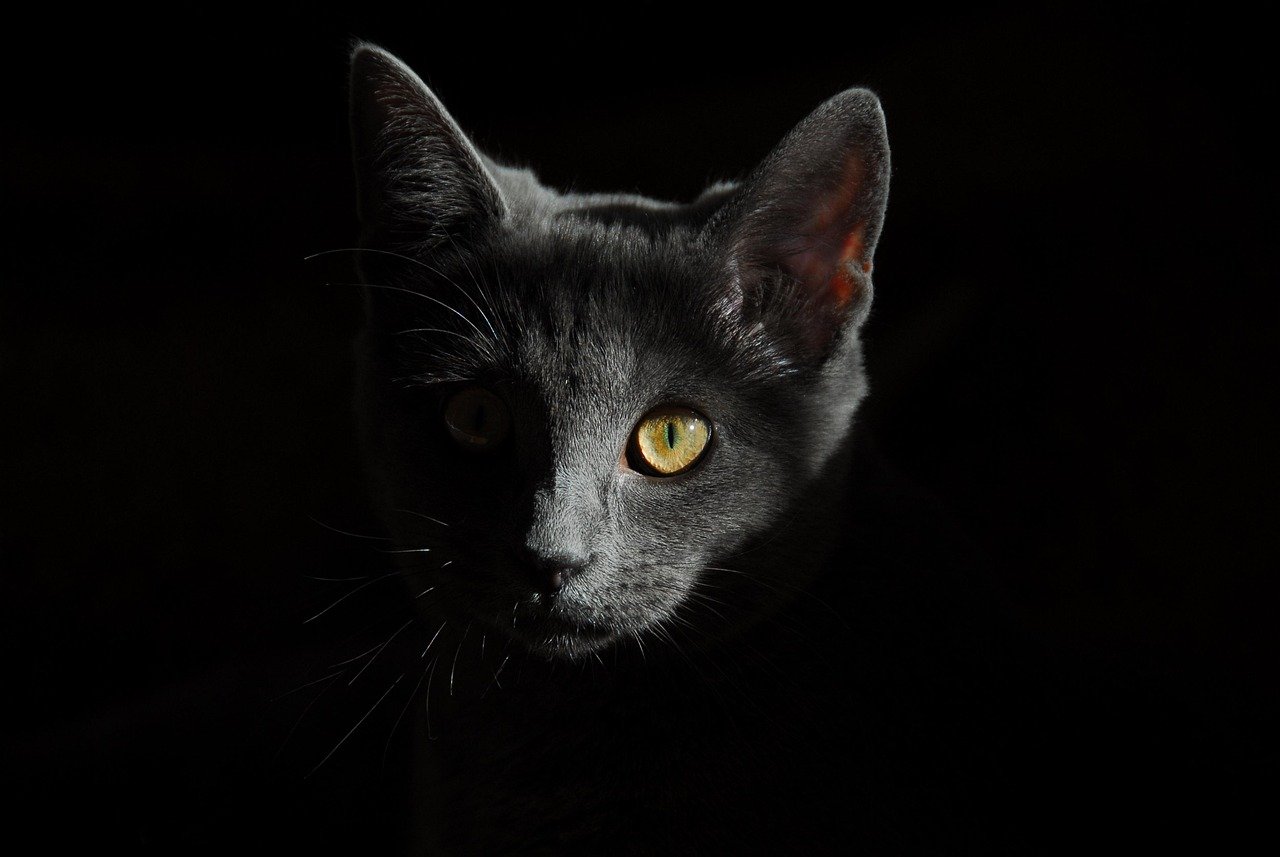
Most cats follow their owners as a way of expressing affection and securing their presence, which is entirely normal and indicative of a strong attachment. Unlike dogs who might bark, pant, or wag their tails to show affection, cats express their love through proximity and quiet observation.
Just like dogs and babies, about 64 percent of the cats demonstrated a “secure” attachment, initially exploring the room, while casting intermittent glances back at the owner for reassurance. And, upon the owner’s departure, the cats exhibited distress, which quickly dissipated upon the owner’s return. In other words, cats that have formed an attachment with a human owner, just like human infants, are able to reduce anxiety and stress simply by gazing at their primary caregiver. Your silent shadow is actually your cat’s way of saying “I love you” in the most cat-like way possible.
Conclusion
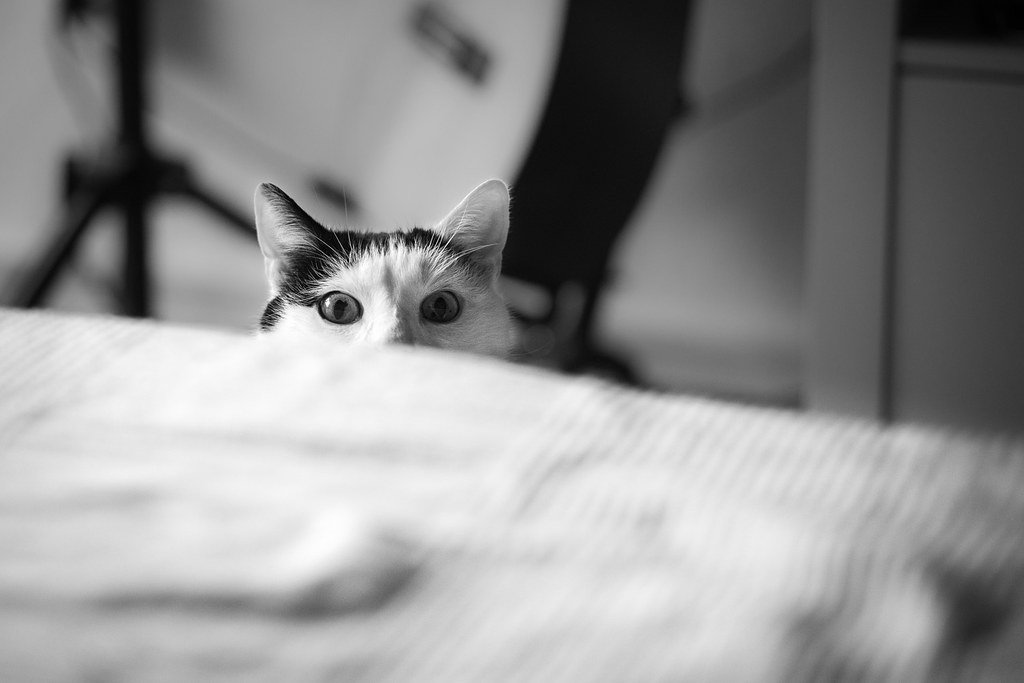
The next time you catch your cat silently appearing in a doorway like a furry ninja, remember that you’re witnessing millions of years of evolution in action. Their silent following isn’t mysterious or random – it’s a complex combination of hunting instincts, social bonding, protective behavior, and genuine affection all rolled into one perfectly executed stealth operation.
Your cat has chosen you as their person, their territory to protect, and their most interesting source of daily entertainment. The silence isn’t ominous – it’s actually the highest compliment a predator can give. After all, they only move this quietly for things that truly matter to them.
What would you have guessed was behind those silent paws and watchful eyes?
Jen is a passionate nature lover and ocean conservationist. She has dedicated her life to protecting the environment and preserving the beauty of the natural world. Growing up in a small coastal town, Jen sincerely appreciated the ocean and its inhabitants. She has spent countless hours exploring the shoreline, learning about the creatures that inhabit the waters, and advocating for their protection. Jen is an active member of ocean conservation organizations, and she is committed to educating the public about the importance of conserving wildlife and the natural environment.

